I’ve livestreamed DJ sets all summer long from some amazing locations, often in the middle of nowhere: On a sweep of land surrounded by a freshwater lake in central Portugal, at the top of a hill with striking 360 degree views across the “Spanish Serengeti” south-west of Madrid, an impromptu set on a camping ground in a misty fishing village…
Watch the show
Prefer me to talk you through this? In this video, a recording of a live show from the Digital DJ Tips YouTube channel, I talk you through everything in this article, and we take questions from our community too on the subject.
The rules of engagement were: Outdoors, preferably with a great view; everything to be battery powered; and I needed to be able to carry all my gear to the location chosen.
Read this next: What’s In My Portable Battery-Powered DJ Livestream Bag 2021
Additionally, as my family and I were touring in a campervan all summer long, away from home for two months, I needed to be able to discover, buy, and organise my music “on the road”, too. This wasn’t just about playing the sets, but doing everything you have to do as a DJ to “do the job” behind the scenes, too.
And not surprisingly, I’ve learned loads. We’ve had panics, triumphs, failures, surprises, realisations… and in this article, I’ll share with you the all the main things I’ve learned from this livestreaming experiment.
Who this is for
This will be useful to you if:
- You want to DJ livestream from outdoor locations
- You want to know how to livestream using portable gear
- You are interested in what happens behind the scenes
That said, this article is based on how I personally do it, right now. I may do it differently next year or even next month! If you’re looking for a general introduction on how to livestream your DJ sets, you should additionally consider these two options for learning:
- Read our Ultimate Guide To DJ Livestreaming
- Take our course – DJ Livestreaming Made Easy
The guide will give you a solid introduction to this topic, and in the course, I take you step-by-step through the process, assuming you have no idea how any of it is done.
OK, let’s get started on the lessons I’ve learned this summer!
10 On-Location Livestreaming Lessons
1. Internet connection is everything
It sounds obvious, but it becomes a lot more obvious when you’ve only got two bars of H+ (a type of last-gen 3G internet) and are wondering why you can’t get even an email to send successfully, never mind stream a livestream signal to the world.
I did everything I could ahead of time, getting a great portable WiFi 4G modem (a Netgear Nighthawk M1) and an unlimited data SIM card from a big provider (in my country, Vodafone). What I learned, though, is that you can never do enough to guarantee a good data signal.
The first thing I did pretty quickly was get a backup 4G SIM card on another network – this proved invaluable on one occasion when the Vodafone one didn’t cut it. I also had the option of using my phone SIM card, so we had three choices.
Next time I’d definitely take an external antenna for the router. There were times when the signal was there, but marginal, and this could have made the difference.
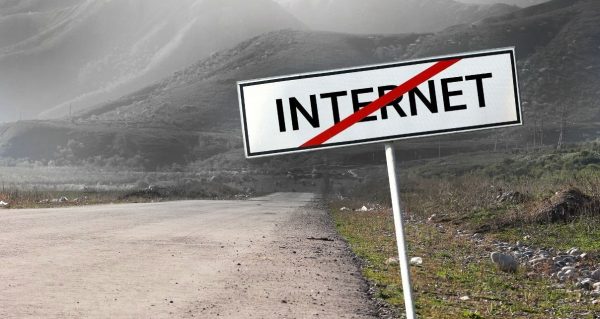
If the place you’re at doesn’t have a good signal: Move. We did that several times. And don’t think “city=good, country=bad”. As I write this, I am in the middle of nowhere in a small village in the mountains, with a 150mbps down / 40mbps up 4G connection. Test, don’t assume.
2. It’s important to run a test broadcast, and adjust accordingly
On one occasion, our 1080 HD broadcast wouldn’t start, and our 720 HD broadcast started but dropped consistently after a few seconds. It was only upon knocking down the broadcast resolution to a relatively paltry 480 SD that we got a reliable connection – but it was indeed reliable, and the broadcast was a success.
Depending on the service you’re using, you can broadcast “unlisted” in order to test, or if not, then you should set up an unpublicised test account on the same service to broadcast a test to. Make sure you monitor your test on a completely different device that isn’t using bandwidth on the connection you’re broadcasting on.
(Oh, and it goes without saying – make sure yours are the only devices using that connection – get the family to put their devices on Airplane mode if they share your network, while you’re broadcasting.)
On one of my livestreams, I had to start it three times before we got it right – highly embarrassing in front of our audience, and something I could have avoided by not trusting the speed test I ran on the internet, and instead testing with a real broadcast.
3. Always have backup cables
I’d say one of everything, spare. We found ourselves chasing around looking for a Lightning charging cable at one point. Another time, just before a broadcast, I noticed one of the audio channels was buzzing, which I tracked down to a faulty RCA cable (luckily I had a spare).
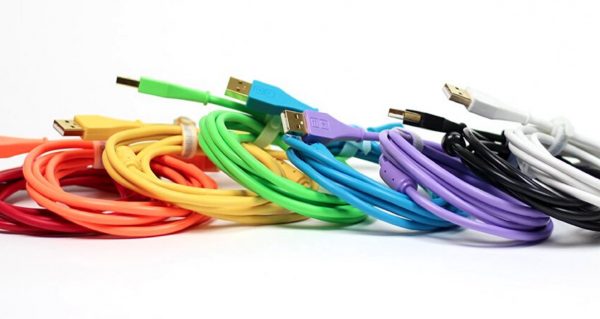
I’d also say a backup USB drive/SD card if your gear uses those would be a good idea – basically, you should ask yourself, “What would I do if this fails?” for all the bits and pieces in your DJ bag, and if the answer is, “I’d be stuck!”, take a back up.
4. Allow twice the set-up time than usual
I can set up a livestream in the studio at Digital DJ Tips in about eight minutes. I can set up a DJ livestream on my balcony at home in about 30 minutes. But on the road? An hour, minimum – maybe 90 minutes to two hours.
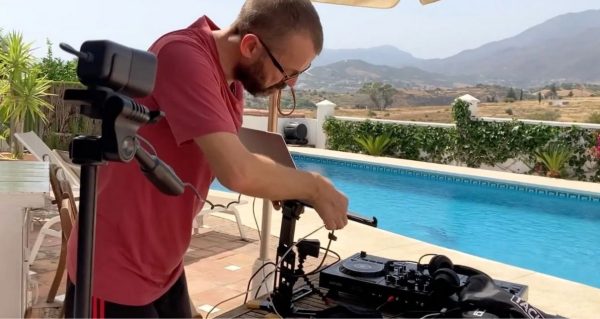
Why? Oh, all kinds of things. Lack of shade. Can’t get the table level. Can’t find shade (or the sun moves and destroys your shade). Neighbours don’t like what you’re doing and want you to move. Need to find a stronger signal, or need to keep testing until you find the right broadcasting settings for the signal you have.
Take the course: DJ Livestreaming Made Easy
The truth is, you’re not in “known” surroundings, and all kinds of unimaginable things could happen that may need a few minutes of your time. If you’re due to go live at a set time, these can throw you off completely.
I had one livestream where I was 30 minutes late because of a “perfect storm” of little issues. Extra time allocated would have prevented that.
5. Follow your checklist religiously
Now, you should have a checklist of things to do before you go live, that constantly evolves – mine is written in the back of my journal, that goes everywhere with me.
Livestreams have many moving parts, and you’re bound to overlook something important if you’re not following a list. I have checklists for our studio education livestreams, for my home DJ livestreams, and for my “on the road” livestreams.
What I’ve learned, though, is that it is doubly important to follow those to the letter when you’re out and about. The reason is that you are much more likely to be distracted by all kinds of things when you’re in novel surroundings, than when you’re in surroundings you know and where you’ve done what you’re doing many times before.
So check and double check. You’ll have better, smoother livestreams for it.
6. Keep everything charged and ready to go
The set-up I use has three cameras, the WiFi router, an iPad, an iPhone, a portable LED light, three speakers, and the DJ console, all of which have rechargeable batteries in them. I’ve learned that you absolutely should keep all of those things fully charged at all times.
The reason is that you never know when you will want to use your set-up, and you don’t want to find yourself having to rig up a power cable just to keep your phone alive, for instance, because you couldn’t be bothered plugging the charger in before bed the previous night.
Best practice is simply to charge all the specialist equipment immediately after use, every time – and keep your phone charged at all times.
Now, I mentioned earlier that we were touring in a campervan. I could charge everything from the 12V “cigarette lighter”-style sockets and the USB sockets built in to the camper van, except the DJ console, which I needed to use an inverter for (there is one built-in to the van).
But what’s charging the campervan? We use solar panels, and have a 200W set on our roof, but in reality, it’s not enough – I’ll be adding a third panel so that we can be more self-sufficient and less reliant on finding camping grounds with hook ups in order to keep our vehicle batteries topped up, which in turn keep our electronic gear charged.
It’s one thing having a solar panel for camping when you just want to charge your phone every night, but quite another when you’re charging a small broadcast studio!
7. Get your DJ table right
Our campervan has a table, cleverly built in to one of its doors. You can detach it and carry it anywhere. Great! Except it is way too low to stand at and DJ. I found myself concocting ways of raising the DJ console higher so it didn’t hurt my back, but this is a work in progress for me – I need to find a simple way of getting the console to “kitchen work surface” height.
Read this next: What’s The Right Height For A DJ Desk?
Not only is this better for the DJ, but it turns out it looks better on camera too – having the gear more in shot by it being at waist height, not just over the knees, is a much more professional look on camera.
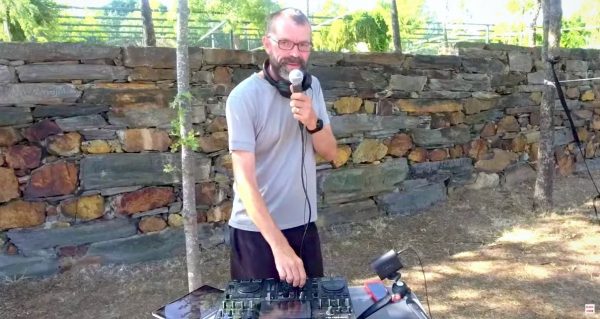
8. Shade, shade, shade
I always preach “shade” for DJing out of doors, and then go right ahead and break that rule. This attitude came back to bite me this summer.
On one broadcast, we lost the router, one of the cameras, and the iPhone to the heat, in quick succession, all of them shutting down until we cooled them. We ended up with the iPhone in the fridge, the router packed between cold bard items, and the camera “out of action” until it cooled down!
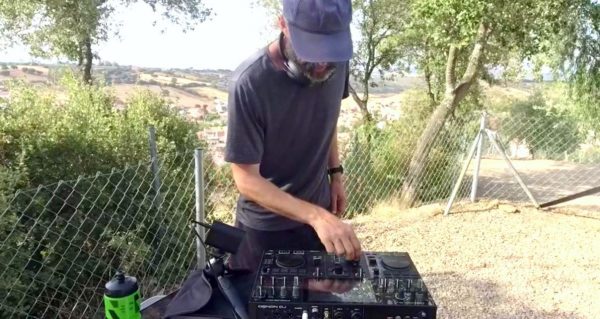
But it’s not only the gear. Quite aside from risking sunburn to yourself, it is actually really hard to read digital screens in broad sunlight. On that occasion, we were saved by the sun moving behind a tree and us moving the gear a little to take advantage of that, but it was silly to put ourselves in that situation in the first place.
If you’re DJing outdoors, in summer especially, you need shade.
9. Get the framing right
We use three cameras – a “main” camera showing me and the gear, a wide shot giving the context of where we are, and a close up of the gear. I learned to take the time to get all of these shots right. After all, you’ve found a great location, and you don’t want to fall at the final hurdle!
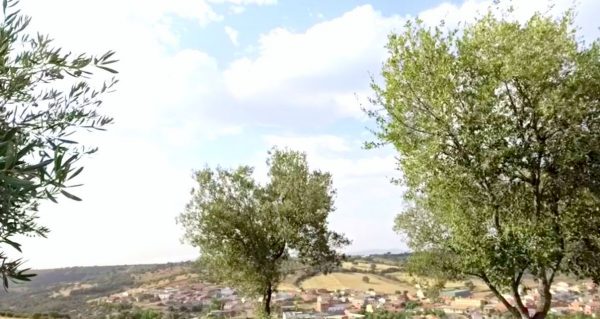
The main shot should contain you and the gear, be neat, and level. No wonky controllers, no top of your head cut off.
The wide shot should get that “wow” factor, and also probably include you, although not necessarily if you have a stupendous view, for instance. It’s important that this shot contains some movement, though, or it’ll look like a photo or a green screen – I favour trees (because their leaves move) for this reason.
And the close-up – which is to show what you’re doing “in the mix” – also needs a bit of thought, because unless you’ve got an overhead (hard to do on the road), it’s going to be a close-up side angle. This will probably also then have something in the background, so make sure that “something” is not spoiling the shot.
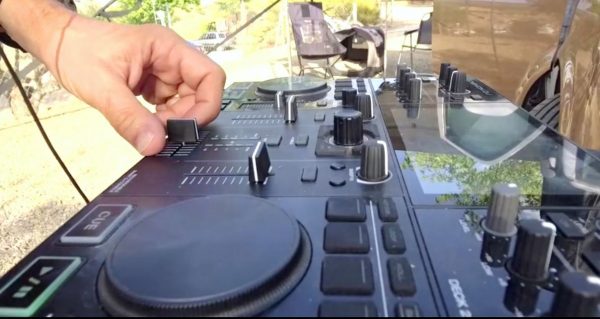
I’ve made most of the above mistakes – a close-up with our dish washing stuff in the background, a main shot with only half of my head, and so on. Just go the extra mile to get these things well cropped and tidy. People notice.
10. A laptop is not optional
I really, really wanted to ditch the laptop. I use computers all day, every day, for work. I was away for two months and wanted a break. I was prepared to take an iPad, but really didn’t want to take a laptop.
But I needed one.
Not for the DJing (I used a Denon DJ Prime GO, no need for a laptop with that), but for the buying and prepping of music. It is just not practical to buy and prep music right now, at least for that system, without one. Hopefully soon, but we’re not there yet.
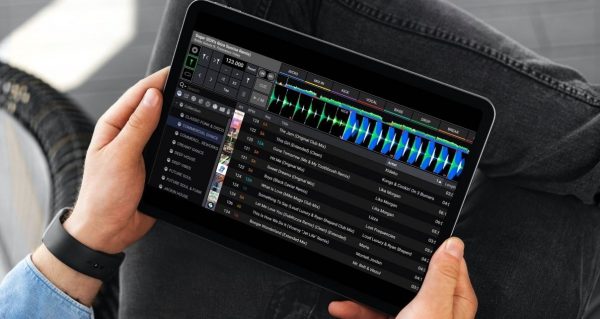
Which is ironic really – I can do all my Digital DJ Tips work “on the road”, including video editing and article preparation, easily enough without a laptop. I can record and edit my DJ mixes and upload them to my Mixcloud easily without a laptop.
But DJing on a DJ system designed specifically for you to be able to do so without a laptop? I still needed one.
Let’s have a killer iPad app please, Denon DJ!
Finally…
I passionately believe DJing is bigger than clubbing and clubs. The discovery, curation and sharing of great music is something we should be able to do for life if it matters to us, and we should be able to do it wherever life takes us. And so naturally I think DJ livestreaming, especially with modern gear that gives you that freedom, is a brilliant thing.
Read this next: How To Use Livestreaming To Get Noticed As A DJ
It somehow seems easier to be creative when you’re on the road – listening to music while driving or sitting in the sunshine, practising your mixes in nature, sharing where you are and how you feel with the world as you perform those mixes to an audience… all of these things add to the fun.
And while learning to do this does take a certain amount of geekiness and discipline, really, once you figure things out, there is a lot of freedom in being able to DJ where the hell you like, when the hell you like, to who the hell you like.
Livestream your DJ sets like a pro: DJ Livestreaming Made Easy
If you’re off on holiday, or to work away, or on an extended trip, or a “gap year”, or volunteering overseas, or to take a vocational course… take your gear. Go live. It’s a lot of fun. I hope these tips will help you avoid some of the mistakes I’ve made on my own voyage of discovery with this, this summer.



